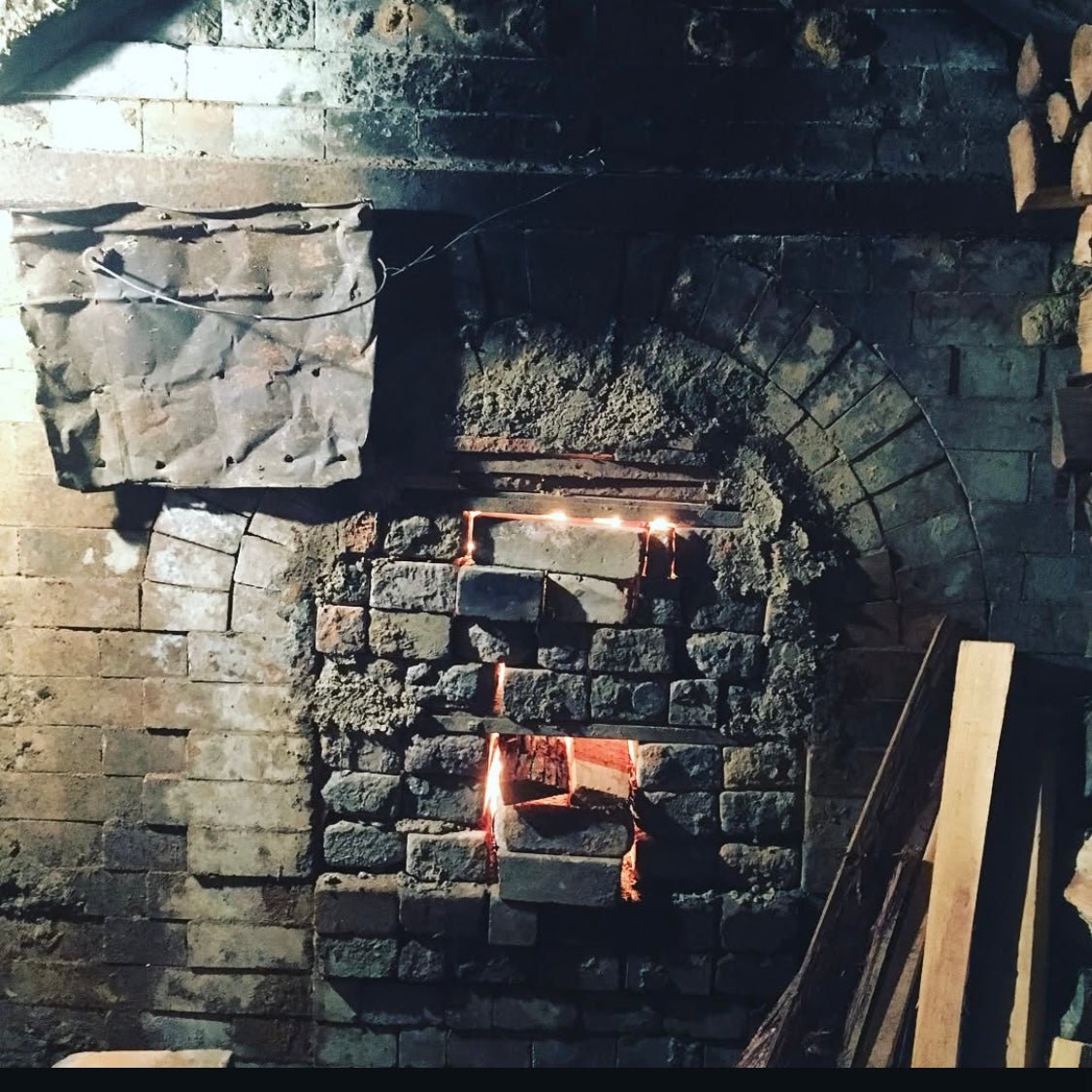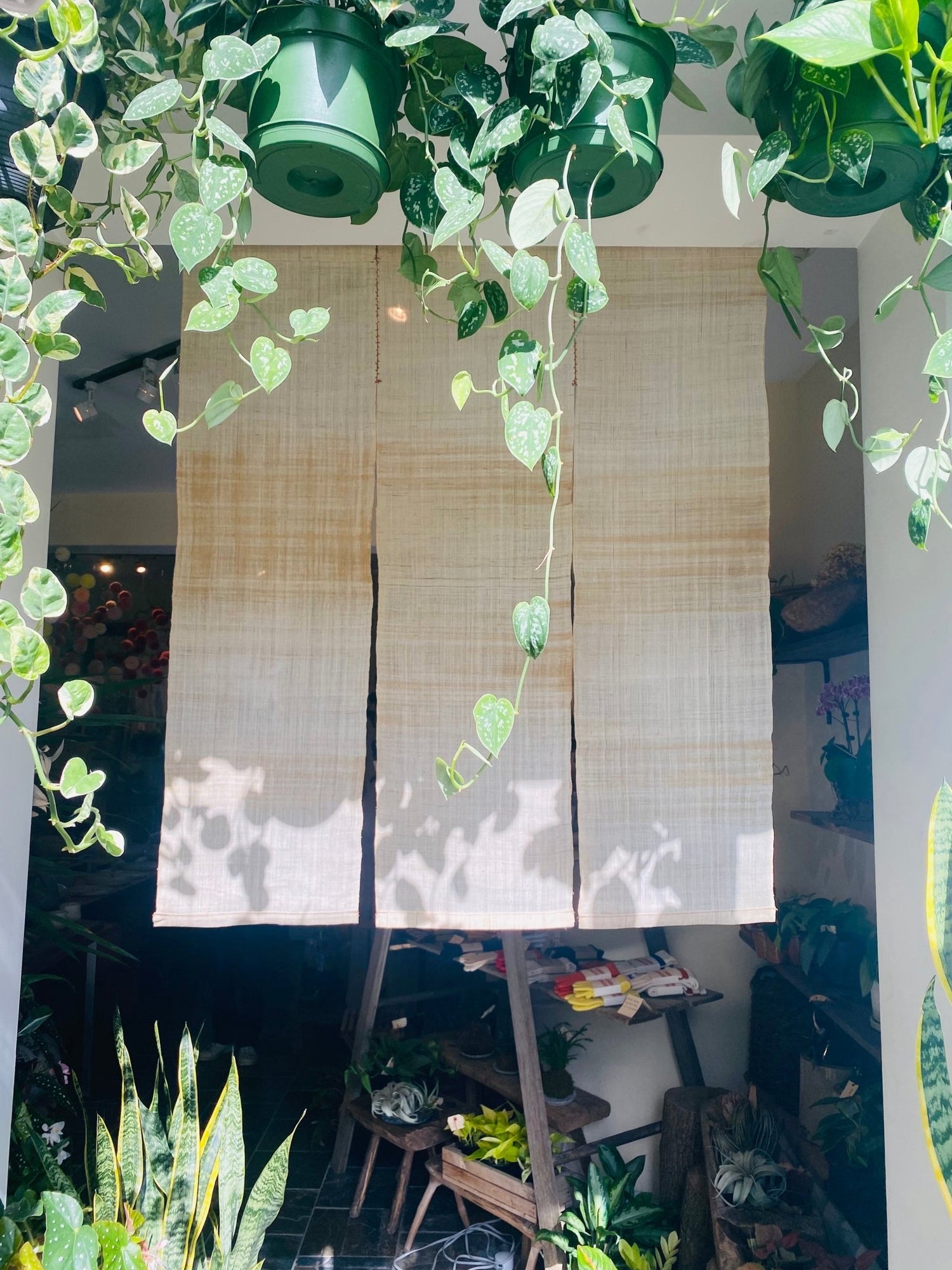Hello, I'm Satoshi, the product manager at MIKA. Finally, spring has arrived, and trees and flowers in the city have begun to bloom. The vibrant blue sky of spring, especially when seen through magnolias, makes me appreciate the beauty of the world once again.
In our store, we have started stocking up on tabi socks for spring and summer, preparing for Mother's Day in May. Among the socks that have arrived this time, some are made with washi (Japanese paper) as a material. I remember seeing washi used in socks from a previous supplier. Further research revealed that there are many products made with washi, such as lampshades, washi tape, washi towels, washi knitwear, washi T-shirts, and washi shirts.
Having experienced the texture and functionality of washi socks, I'd like to delve into the topic of washi this time.

(AMITABI Washi Tabi Socks. Taiko Co.Ltd )
The method of making paper originated in China and was introduced to Japan from the Korean Peninsula in 610 AD. At that time, paper was still very precious and primarily used for government operations like Buddhist sutras and household registries, which were introduced around 550 AD. Later, during the Heian period, unique Japanese techniques resulted in the production of thin, flexible, and sturdy paper. Washi gradually spread among the nobility, not only for state-related matters but also for use in picture scrolls. Even today, picture scrolls from that era provide glimpses into the lifestyle of the nobility, and classics of Japanese literature such as "The Tale of Genji" and the precursor to manga, "Choju-jinbutsu-giga" (Animal-person Caricatures), remain popular content.
As a side note, picture scrolls are read from right to left, expressing the passage of time. This is the same as modern Japanese manga. For example, Son Goku from "Dragon Ball" flies from right to left. Additionally, during this period, technology emerged that allowed used paper to be recycled into new paper.

(The Tale of Genji. Produced during the 12th century, perhaps c. 1120–1140.)

From the Kamakura period onwards, washi became widespread among the samurai, and it began to be used as gift wrapping. This was the era when the prototype of origami, known as "origata," emerged. While the Imperial family used silk fabric to wrap gifts, some senior samurai, known for their martial prowess, utilized sturdy washi instead. At that time, origami was transmitted as a secret ritual of etiquette. During the Edo period, as the country stabilized, papermaking became a local industry, and thanks to the popularity of books and ukiyo-e (woodblock prints on washi), it spread to the common people. Washi became essential in daily life, used for items such as Japanese umbrellas, shoji screens, fusuma sliding doors, calligraphy paper, fans, and lanterns. The origami that was mentioned earlier was also transmitted to the common people and evolved into the recreational activity of origami folding.

(Origata -By Aya Karashima )

In the Meiji period, Western paper began to enter Japan, and Western-style paper that was compatible with printing presses became popular, leading to the decline of the washi industry. Even today, traditional papermaking artisans and machine-made washi still exist, but the industry is small in scale and continues as a traditional craft.

(shoji - paper sliding door )
Next, let's talk about washi threads. Since the Edo period, in regions like Tohoku and Sanin where cotton and silk threads were not readily available, threads were made by finely cutting and twisting discarded washi. Even today, washi threads are made by cutting large sheets of washi into narrow strips and twisting them into threads a few millimeters wide. They may also be twisted together with materials such as cotton depending on the intended use.
The raw materials for washi include kozo (paper mulberry), mitsumata, ganpi (Japanese elm), hemp, straw, and bamboo, which are native to Japan. Unlike Western paper, which crushes fibers finely to reduce surface irregularities and is suitable for pens and printing presses, washi retains long fibers and is made using a unique method called nagashizuki, resulting in paper with complexly intertwined fibers that is durable. The intricate interweaving of fibers makes washi strong against water and resistant to weathering, making it ideal for Asian cultures, including Japan, which predominantly used brush pens.
Washi threads inherit the characteristics of washi, being extremely durable and lightweight, with high porosity and excellent breathability due to containing a lot of air. They absorb and release moisture such as sweat easily, making them resistant to stuffiness, and they are appreciated as a material from spring to autumn.
As mentioned earlier, while washi has become less common except as a traditional craft in modern times, washi-making can be found throughout Japan, from Hokkaido in the north to Okinawa Prefecture in the south, each with its own characteristics reflecting regional differences. In addition to the attention drawn to the beauty of washi with the registration of "Iwami Gami" (Hamada City, Shimane Prefecture), "Hon Mino Shi" (Mino City, Gifu Prefecture), and "Hosokawa Shi" (Ogawa Town, Saitama Prefecture, and Higashichichibu Village) as UNESCO World Heritage sites, the highest quality washi is said to last over 1000 years and is used for restoring paintings in museums such as the Louvre.
Exploring new possibilities with any material is important, and moments when values change are always exciting. I particularly love moments when something old becomes something completely different due to the discovery of new value.
In Japanese aesthetics, there is always a question of how much to manipulate materials to bring out their best. This can be seen in sushi, which is now popular worldwide, as well as in ceramics, woodworking, textiles, and gardens, where dialogue with materials is always evident.
When I was in Japan, I often went to the mountains to dig clay. The untouched mountains were incredibly quiet and frightening. I couldn't go alone into places like the mountains or the sea at night. While untouched nature is important, I find a slightly organized nature reassuring and beautiful.
Please pay attention to washi materials, which will undoubtedly become more common in Toronto in the future!
LInk
How to make Origami Animals(Youtube)





